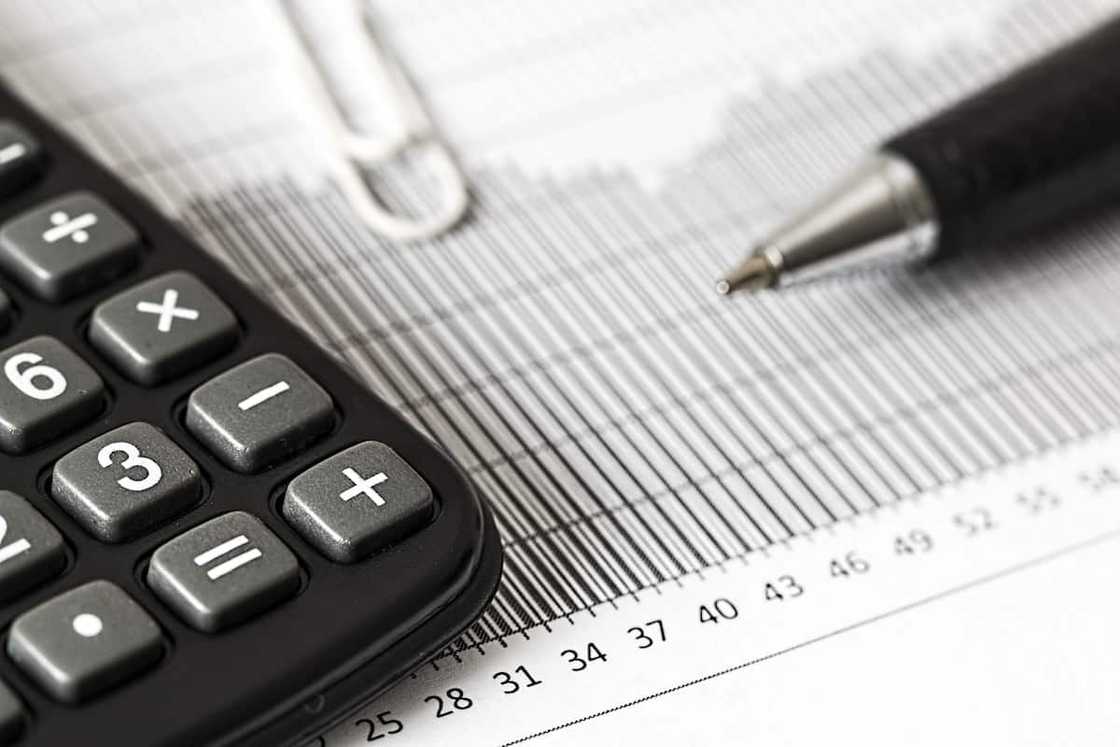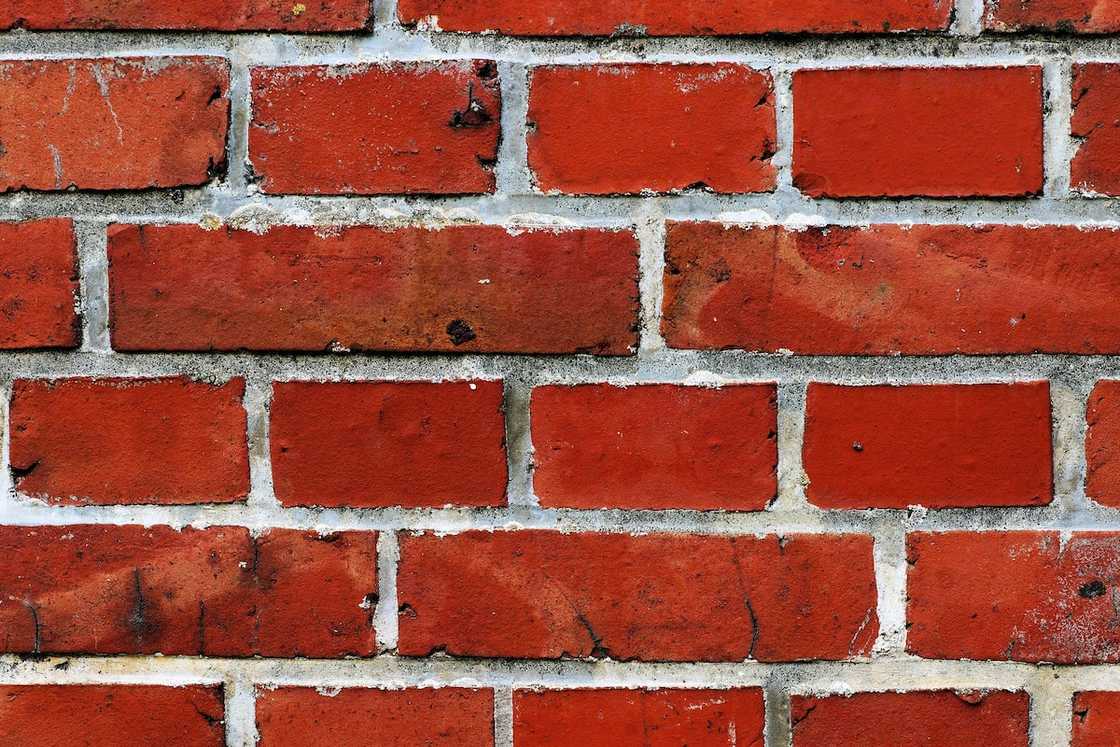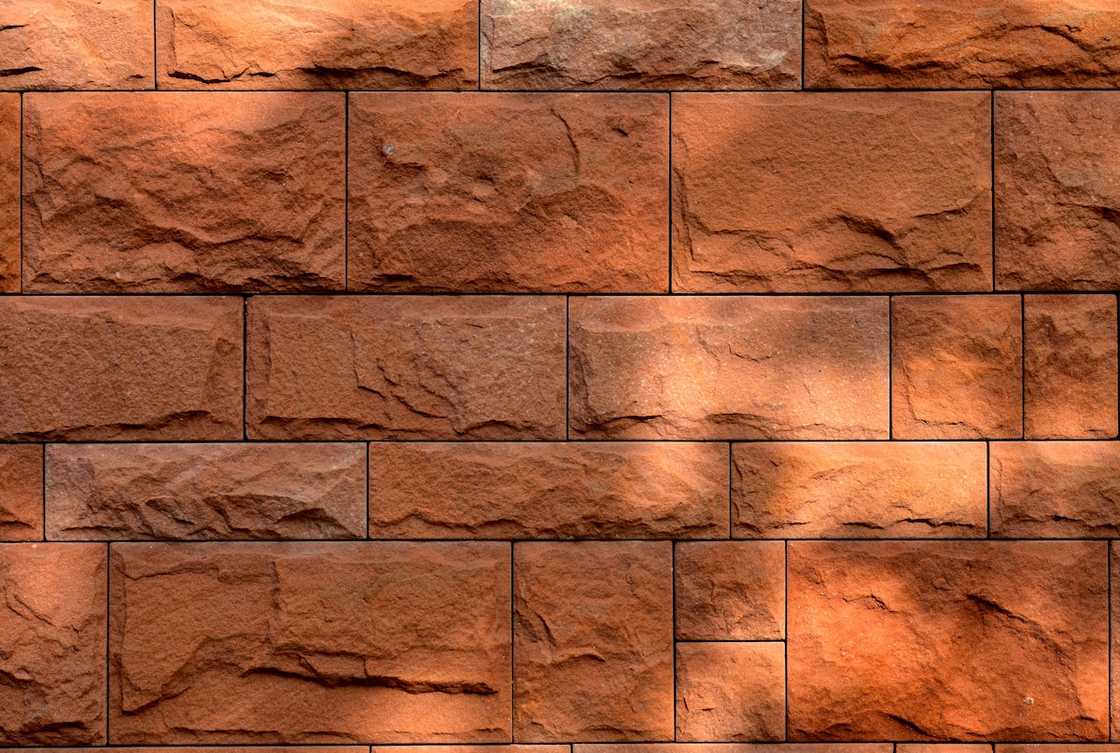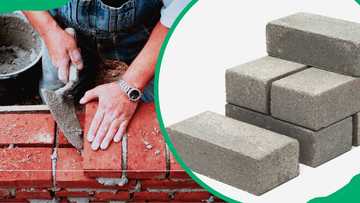How to use a brick calculator to calculate the number of bricks for your house
Building a brick or block structure requires adequate planning. Often, most people miscalculate the cost of materials. In the long run, they end up spending more or less than it is needed to complete building a structure. Luckily, with a brick calculator, you can find the exact number of bricks you need to complete a project. So, how do you go about it?

Source: UGC
Brickwork is one of the significant aspects of masonry. Thanks to technology, now you can approximate the number of blocks to order using an online brick calculator.
Tricks for calculating the number of bricks
How many bricks in a square meter do you need to construct a wall? Importantly, you should be able to calculate the surface area of the wall. How? Well, multiply the length of the wall by its height. Afterwards, add 10% for wastage purposes.
1. You should figure out the type of walls you need
Below are the types of walls and tips for calculating the number of walls/blocks required to erect them. They include:
Half-brick hick walls
They are also known as single-layered walls. Often, this type of walls is used for fencing, for example, a garden. An experienced expert will always advise one against using them to build a residential building. Overall, such walls require 60 bricks per square metre.
Half-brick thick wall = 60 bricks per square metre
READ ALSO: UIF calculator- how much can you claim against UIF 2020
One-brick thick walls
They consist of two different layers, so they are popularly known as two-layer walls. They are considered the best because of their strength and integrity. So, how many of them are required for a one-brick thick wall?
One-brick thick wall = 120 bricks per square metre
Brick piers/pillars
These structures are essential because they offer additional support to masonry walls. Overall, there should be a minimum of three piers in a wall. That is one in the middle and two at the corners. The number of blocks/bricks needed for both single and half walls is:
- Single pier = 14 blocks per vertical metre
- One and a half pier = 34 blocks per vertical metre
In some instances, some people use them for aesthetic purposes.
NOTE: These factors are based on standard UK bricks, which measures 215 x 102.5 x 65 mm.
2. Calculate the surface area of the planned structure

Source: UGC
Overall, there are two vital measurements for calculating the surface area: length and height. The same applies here. There is no need to use a bricks calculator here. For example, if your structure is 8 meters long and 2 meters high, then the surface area should be:
(8 x 2) = 16 m²
3. Now calculate the number of bricks/blocks you need
You can either use a building calculator or calculate the number manually using the following formula. However, you should keep in mind the number of bricks used for piers. Further,
Half-brick thick wall = Surface area x 60
One-brick thick wall = Surface area x 120
Therefore, the number is reached by calculating the:
[(Surface area x type of wall) + 10% of the total quantity]
Remember, it is straightforward to use the building cost calculator than calculating the number of bricks manually. At last, the size of the blocks plays a significant role in this calculation. The larger the volume of the blocks, the lesser the required number, and vice versa.
READ ALSO: Easy step-to-step process for VUT self check status 2020
Frequently asked questions
Below are some of the most asked questions online:
How many bricks does it take to build a 5-bedroom house?

Source: UGC
Often, the number of blocks depends on two significant aspects: the size and the thickness of the walls as well as the thickness of the mortar. Once you figure out the two elements, the rest is simple. You only need to apply the formula for calculating the number of blocks which is,
[(Surface area x type of wall) + 10% of total quantity]
Remember, the number of bricks = the volume of the brickwork divided by the volume of 1 brick.
How high can you build a single brick wall?

Source: UGC
The recommended height is 3m. You can increase the height to 8m but not longer than 9m. However, you must obtain permission from the concerned bodies before erecting one. Otherwise, you might find yourself on the wrong side of the law.
How do you calculate bricks per square meter?
First, you need to measure the length and height of the wall. Second, identify the same on your brickwork. Overall, according to a building cost calculator, there should be 50 bricks per square meter.
Indeed, a brick calculator can come in handy when constructing a house. This way, you will know the exact amount needed to purchase construction materials for the fast completion of your project. Even so, ensure to consult your architect for more guidance.
READ ALSO:
- Wits APS calculator: Step-by-step process on how to calculate your APS for Wits
- How to get your tax number in 2020
- How do I claim my MIBCO provident fund?: step-by-step guide 2020
Source: Briefly News





